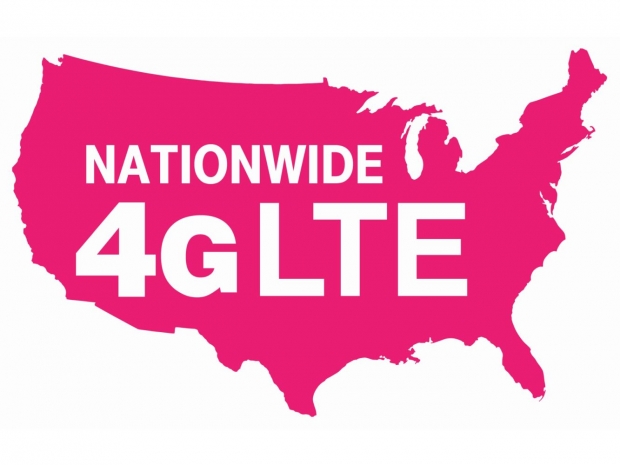T-Mobile has shared the maximum you can expect from a GigabitLTE Samsung Galaxy S8 / 8+ phone powered by Snapdragon X16 GigabitLTE modem, that is packed inside of the Snapdragon 835 SoC.
Of course, the Galaxy S8 and 8+ phones use 4x4 MIMO, carrier aggregation and 256 QAM. These are all features that are the part of the Snapdragon X16 GigabitLTE modem. Last year’s Galaxy S7 was the first phone to demonstrate the combination of 4x4 MIMO, carrier aggregation and 256 QAM and the tradition continues. T-Mobile was the first to roll out the 4x4 MIMO last year.
It is expected that the first Galaxy S8 from T-Mobile will reach customers who pre-ordered on the 21 April - so at the end of the week.
The Galaxy S8 and Galaxy S8+ will be the very first devices that let T-Mobile customers use LTE-U to tap into underutilized unlicensed spectrum on the 5 GHz band.
Charismatic John Legere, president and CEO of T-Mobile said: “You know what happens when you combine the most advanced LTE network in the country with Samsung’s most powerful phone ever? An entire industry has to redefine the word ‘fast‘. Anyone upgrading to the Galaxy S8 can see up to double their current LTE speeds in nearly 300 cities nationwide! That’s a clear first place finish for the Un-carrier.”
GigabitLTE or Gigabit LTE, which is what T-Mobile calls the technology, is expected to roll out to a lot of cities across the USA this year, but the company didn’t reveal any dates now.
Internet speeds will definitely increase on the GigabitLTE capable phones but it will be hard to say that it will double in every case. It might double, depending on the user case, but there is no doubt that it should get your download and upload speeds significantly faster than on 300 Mbps capped Cat 6 networks.

